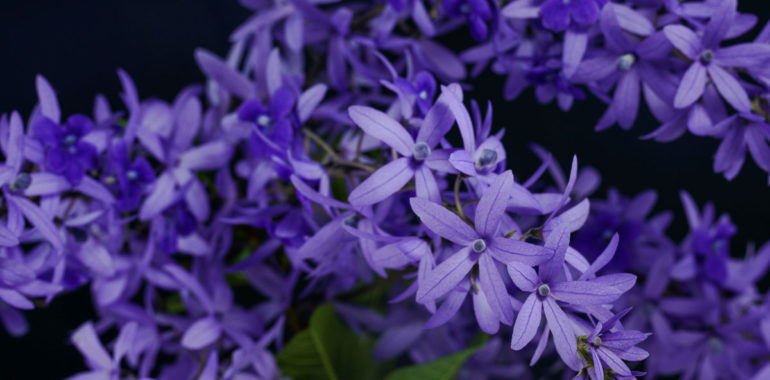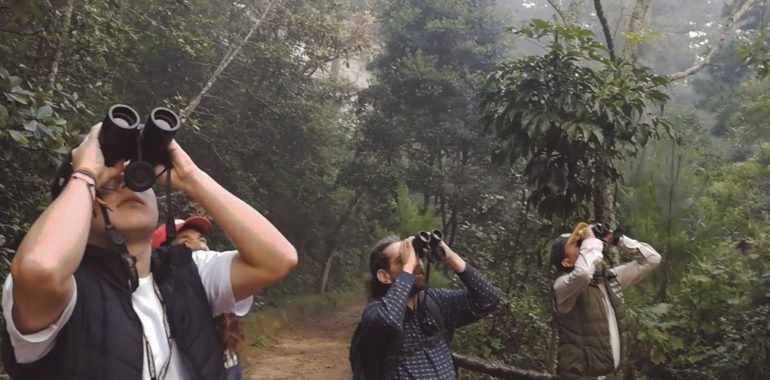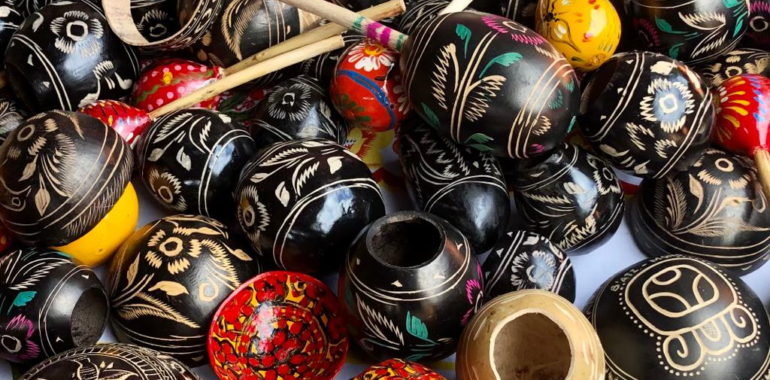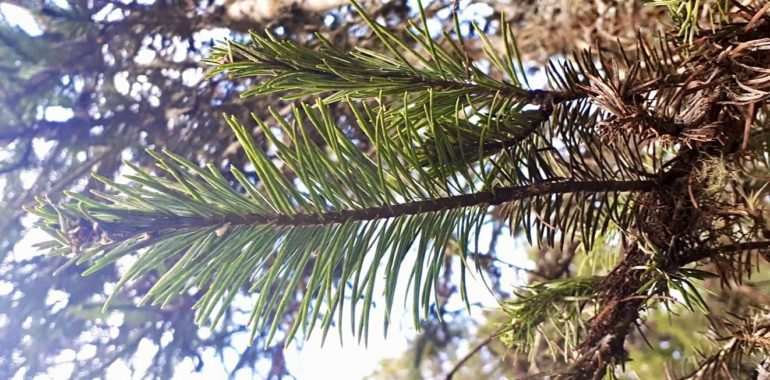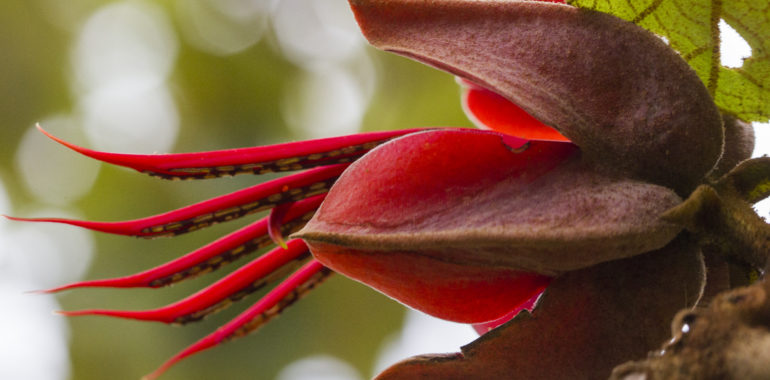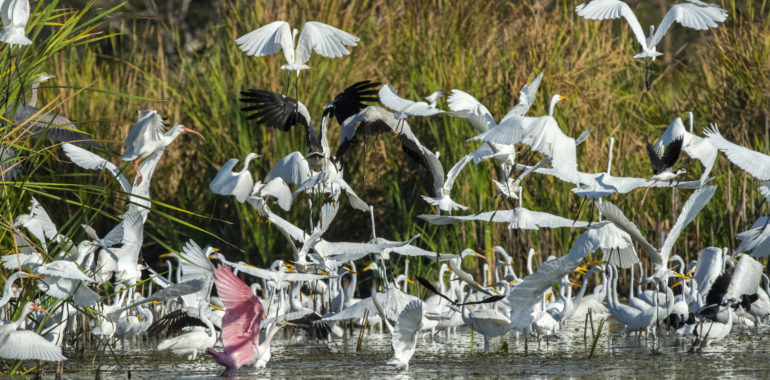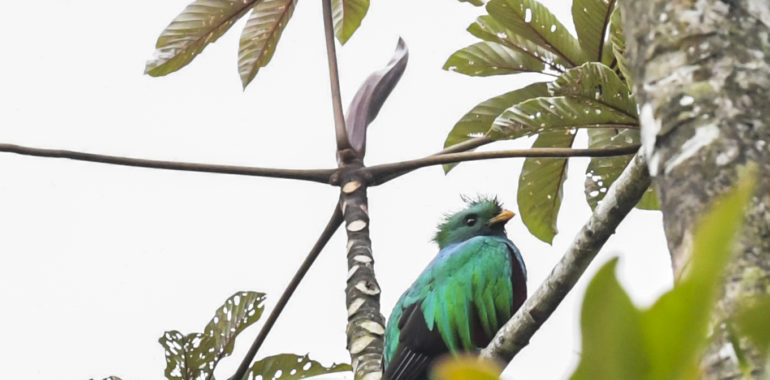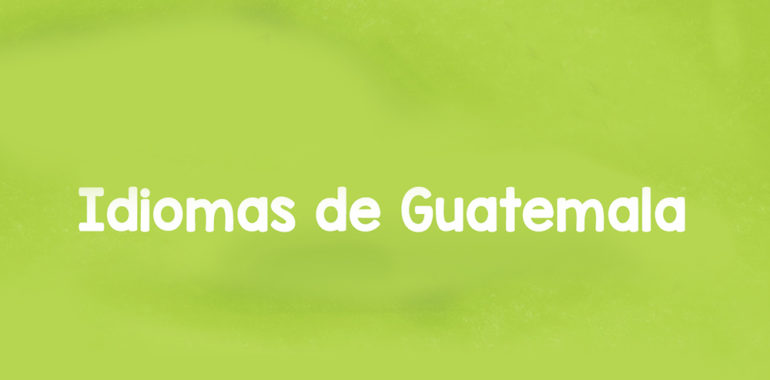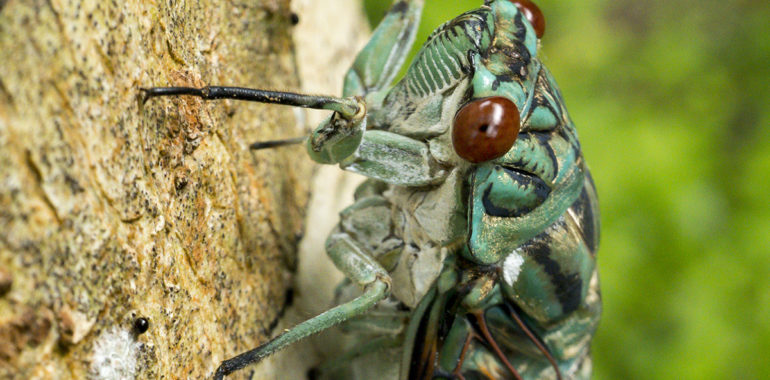Tanto en Guatemala, como en el extranjero, los guatemaltecos reconocemos con orgullo a nuestro país como el de la eterna primavera. Sin embargo, existen muchas probabilidades de que la mayoría de nosotros no identifique cuando ocurre esta estación. ¿Será porque todo el año vemos flores que no la reconocemos, o bien, que muy pocas veces…
Importancia de los biólogos para Guatemala
Historia del Día del Biólogo en Guatemala A principios de la década de los setenta, Mario Dary Rivera, salvadoreño de nacimiento que vino al país con solo 2 años, fue pionero en la fundación de la Escuela de Biología en la Universidad de San Carlos de Guatemala (USAC), con el objetivo de forjar profesionales de…
Artesanías de Morro: Un patrimonio biocultural
Las artesanías de morro del municipio de Rabinal en Baja Verapaz, son ampliamente conocidas en todo el país. Es muy probable que ya te hayas encontrado una de estas artesanías en algún mercado o en la feria de Rabinal, si has tenido la oportunidad de ir. Estas vienen en forma de guacales y chinchines, principalmente,…
The Mesoamerican Christmas tree: Pinabete (Abies guatemalensis Rehder.)
Abies guatemalensis Rehder is a species of pine (family Pinaceae) that commonly receives the name of Pinabete, Romerillo, or Pinabete of Guatemala; In Mayan languages, it is known as Pashaque, Tz’in chaj, Pajchac, and Paqtxaq (INAB & MARN, 2017; INAB, 2019). Its natural distribution includes México (Jalisco), Guatemala, El Salvador and part of Honduras (Lempira).…
Medicinal plants of Guatemala: An approach to ethnobotany
Guatemala is widely known for being a Megadiverse country in terms of its natural and cultural resources, but this diversity is not only special for its uniqueness, but also for the management that has been given to it. The native people of the country have inherited important knowledge about the uses of plants for generations.…
Migratory birds: A special dynamic in the world
On October 12, World Migratory Bird Day was commemorated. This is a very important annual campaign to promote global awareness and conservation of migratory birds and their habitats. Migratory birds play an important role in the ecological dynamics of the sites they visit, as they are important predators of insects and vertebrates, dispersers of seeds,…
Datos interesantes sobre algunos de los símbolos patrios de Guatemala
El 15 de septiembre conmemoramos el día de la independencia en Guatemala, por lo que es un buen momento para recordar sus símbolos representativos. A pesar de que reconocemos lo emblemáticos que son el quetzal, la monja blanca, la ceiba, la marimba y demás símbolos patrios, ¿qué tanto sabemos sobre ellos y su historia? El…
Los pueblos indígenas de Guatemala
Guatemala es un país diverso, integrado por los 4 pueblos que coexisten en él: el pueblo maya, ladino/mestizo, xinca y garífuna. Por ende, es un país pluricultural, compuesto por 24 comunidades lingüísticas sin contar al castellano. Estas comunidades lingüísticas están integradas por el idioma xinca, garífuna y 22 de origen maya: Achi’ Akateko, Awakateko, Chalchiteko,…
Cicadas: The singers of the forest
It is very likely that during a walk through the forest you have heard the sound of thousands of cycads singing. Although they are rarely observed because they are mainly found in the treetops (or because some manage to camouflage themselves very well with the color of the barks from the trees) we can hear…
The Value of the Tropical Forests
Tropical forests or rainforests are located in the Intertropical Zone, between the Tropic of Capricorn and the Tropic of Cancer (look image 1), near the equatorial line. Its average annual temperature is generally above 24 ° C and its humidity is highly variable. They are considered megadiverse ecosystems because despite occupying just 3% of the…

